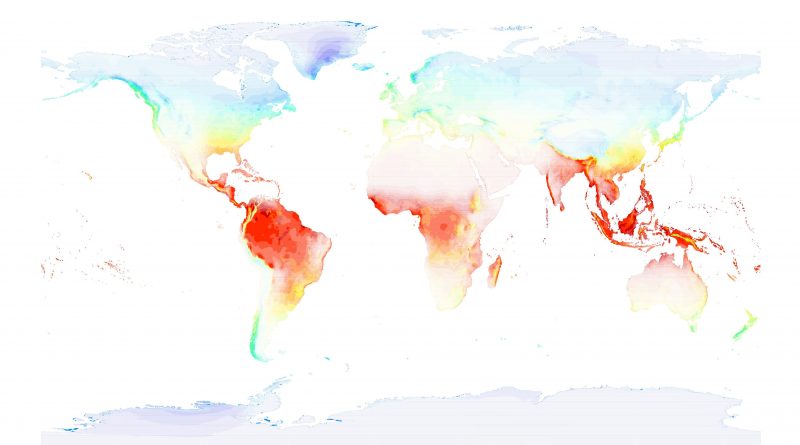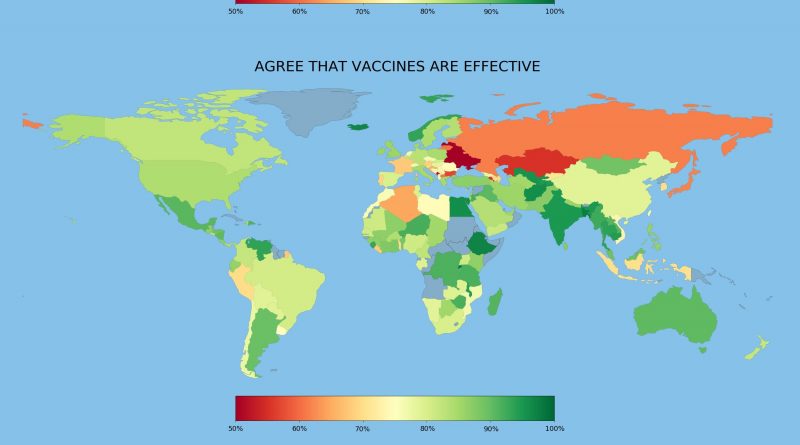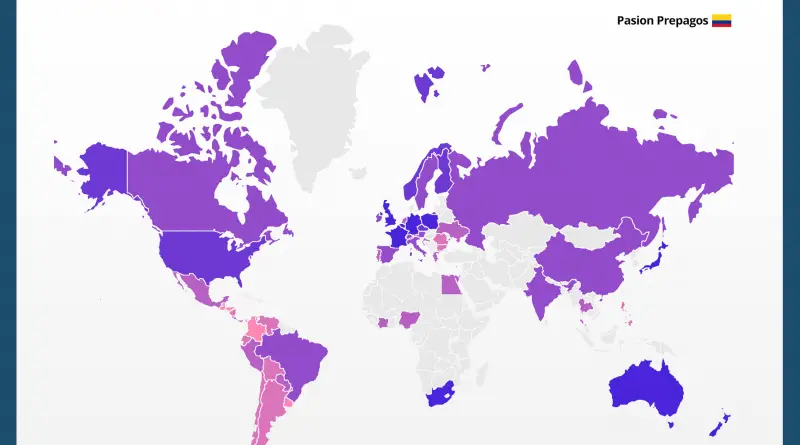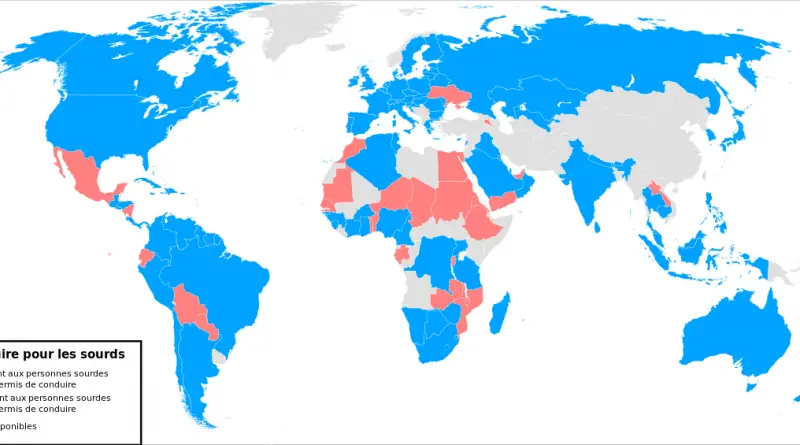Climate classification systems
The climate depends on many factors: latitude, long-term atmospheric and ocean circulation patterns, elevation, closeness to large water bodies and mountains, etc. Jointly, these factors influence the range of temperatures and the quantity of rain or snow each area obtains through the year and, accordingly, the spatial arrangement of biomes.
Read More









